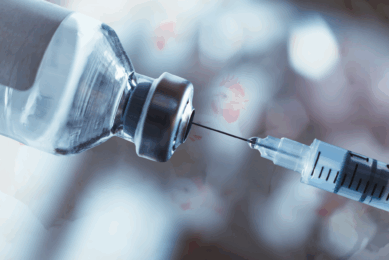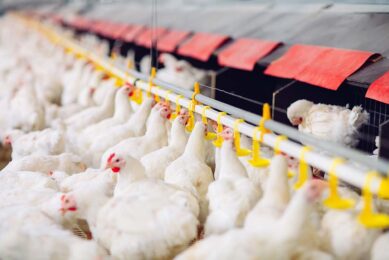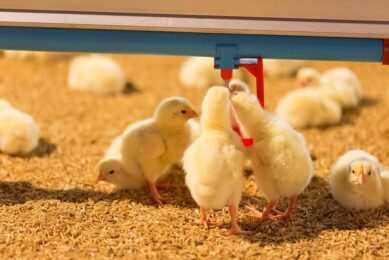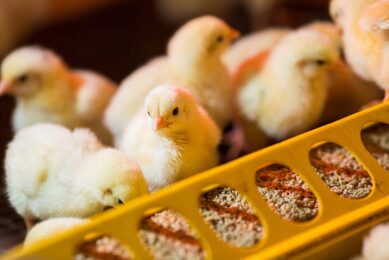Monitoring antibiotic resistance in Canada
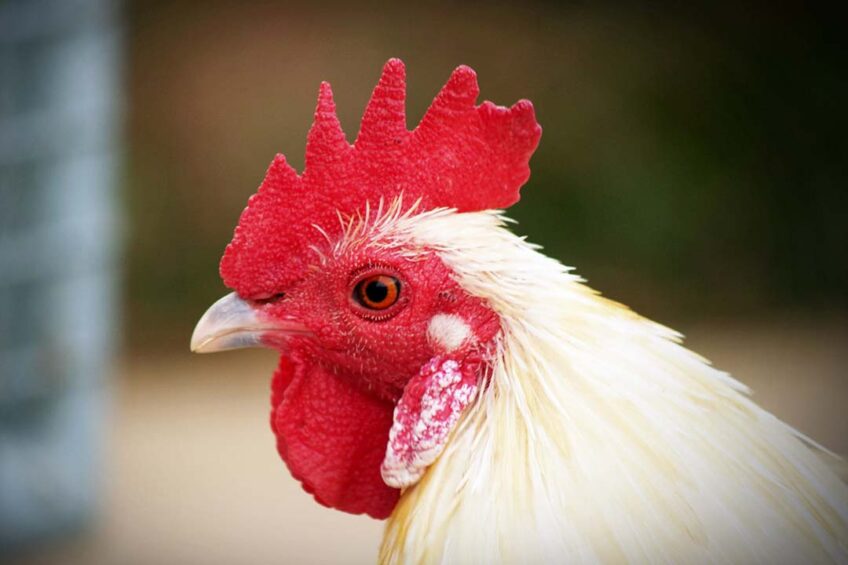
Like other farming organisations around the world, Chicken Farmers of Canada and Turkey Farmers of Canada have worked with their member-producers to reduce antibiotic use on a national scale.
ANTIBIOTIC REDUCTION SPECIAL 2023 – read all articles
It is well-established that reducing the volume of antibiotics in livestock production is critical to achieve a variety of aims, including meeting public expectations for reduced use, and also lessening the amount of antibiotic-resistant bacteria – a threat to both livestock and human health.
Various Canadian livestock associations have for years been working collaboratively to implement Health Canada’s regulatory initiatives. Similarly, to other parts of the world, these include a requirement for veterinary oversight of medically-important antibiotics (MIA), the removal of growth-promotion claims for antibiotics, and a requirement for reporting annual MIA sales. Indeed, for all livestock and pets in Canada, an online reporting platform called the veterinary antimicrobial sales reporting (VASR) system was launched almost 6 years ago in January 2018. Manufacturers, importers, and compounders of antimicrobial products must all report.
Looking at the long-term strategy of Chicken Farmers of Canada to reduce antibiotic use and risk of resistance, effects of its implementation have been monitored and reported through 2 entities:
- Canadian Integrated Program for Antimicrobial Resistance Surveillance (CIPARS) and
- Public Health Agency of Canada’s ‘Canadian Antimicrobial Resistance Surveillance System (CARSS).’
Antibiotic categories
At this point, much success has been achieved. Monitoring over time indicates that of the total antibiotics volume applied to Canadian broiler flocks, at least 60% is non-MIA – that is, Category IV antimicrobials that are not used to treat human beings.
- Categories I, II and III are used in human medicine.
- Category I encompasses antibiotics of ‘Very High Importance,’ essential for the treatment of serious bacterial infections in people – and in the case of resistance to these antibiotics, there is limited or no availability of effective alternative antimicrobials.
- Category II ‘High Importance’ MIA can be used to treat a variety of infections, including serious infections, and there are effective alternatives generally available.
- Category III ‘Medium Importance’ MIA can be used to treat various infections and alternatives exist.
At this point, at least 40% of Canadian broiler flocks are now being produced without MIA from Categories I, II or III. Also, surveillance indicates that starting in 2013 and ending in 2019, use of most antibiotics and classes of antibiotics declined in Canadian chicken production.
Non-MIA products
Returning to the non-MIA antibiotics that make up 60% of the total antibiotics volume given to Canadian broiler flocks, about 40% are Category IV antibiotics and 20% are chemical coccidiostats (used to treat coccidiosis). The 60/40 proportion of MIA to non-MIA use, explains a CIPARS spokesperson, has basically stayed steady from 2019 to 2022, the last year of data obviously available for analysis. It is difficult to lower the MIA volume further at present, without new products becoming available, and still maintain bird health and welfare.
To collect the data, during the first surveillance year of 2013, 100 flocks were allocated nationally and distributed across the five major broiler chicken-producing provinces where the number of flocks allocated per province was based on the provinces’ relative contribution to national chicken production. (Canada has a supply-managed chicken, egg and dairy production where ‘quota’ is allocated in various areas depending on geographic market demand.) However, in subsequent years, the number of flocks per province was adjusted to have a minimum of 30 flocks within various areas, which all in all, resulted in more than 135 flocks being sampled per year.
Resistance decline
At the same time, as one would expect, antibiotic resistance of bacteria isolated from Canadian broiler chickens declined from 2013 to 2019.
Resistance is monitored by CIPARS through several parameters. 3 relate to bacteria:
- genus (for example, Salmonella),
- subtype (for example, serovar) and
- species.
Other parameters are surveillance location (e.g. farm, abattoir, retail store), by antibiotic product (9 products including Ampicillin, Tetracycline and Streptomycin) or by groups of products in the case of multi-product or multi-class resistance.
From faecal samples, E. coli and Campylobacter are isolated and subjected to resistance testing through standard procedures. The minimum inhibitory concentration values for E. coli and Campylobacter are determined by automated broth microdilution using the Sensititre system from Trek Diagnostic Systems of the UK.
There were 2 types of technology from the US National Antimicrobial Resistance Monitoring System used:
- 1 involving 14 antibiotics belonging to 8 classes and
- 9 antibiotics belonging to 7 classes.
As explained in the 2022 CARSS Report released in June 2023, antimicrobial resistance is reported as the percentage of isolates resistant to 3 or more classes of antimicrobials tested). The report highlights that resistance decreased from 2016 to 2020 across all land-based livestock (aquaculture not included). In broiler chicken production, resistance declined 16% over these 4 years, in turkeys 17% and in grower-finisher pigs, 21%.
Resistance decline most pronounced
But it was between 2019 and 2020, when the restriction of MIA use came into effect, that the annual decrease was by far the most pronounced. In 2020, resistant bacteria populations dropped 13% for broilers, 15% for turkeys and 13 for grower-finisher pigs.
Decline in Category II antibiotics in feed
“These changes, implemented in December 2018, required MIA to be available by prescription only and growth promotion claims were removed from the MIA labels,” states CARSS. There was also a decrease in resistance in 2020 in grower-finisher pigs due to decreased use of Category II antibiotics in feed.
Techniques for best practices
In addition, using techniques that align with international surveillance best practices, CARSS uses the indicator organism E. coli to provide a general indication of changes in resistance in bacterial populations compared to increases or decreases in the total use of MIA. But CARRS points out that “it is important to note that differences in antimicrobial classes used over time and across species may impact the relationship between antimicrobial resistance and use.”
Forward momentum
CIPARS continues to conduct monitoring activities for many types of livestock. The spokesperson explains that “currently, CIPARS antimicrobial resistance farm surveillance includes broiler chickens, turkeys, layer hens, grower-finisher pigs, beef cattle and dairy cattle.”
In addition, 3 CIPARS-affiliated journal papers examining antibiotic resistance in turkeys were published in 2023. One paper found that resistance for low-level multidrug-resistant Campylobacter is stable and not increasing in Canadian turkey flocks. These results suggest the turkey sector’s strategy to reduce antibiotic use is achieving its desired impact. However, another paper emphasised that the strategy “should be monitored and re-evaluated periodically to mitigate the emergence of multi-drug-resistant bacteria and safeguard animal and public health.”



